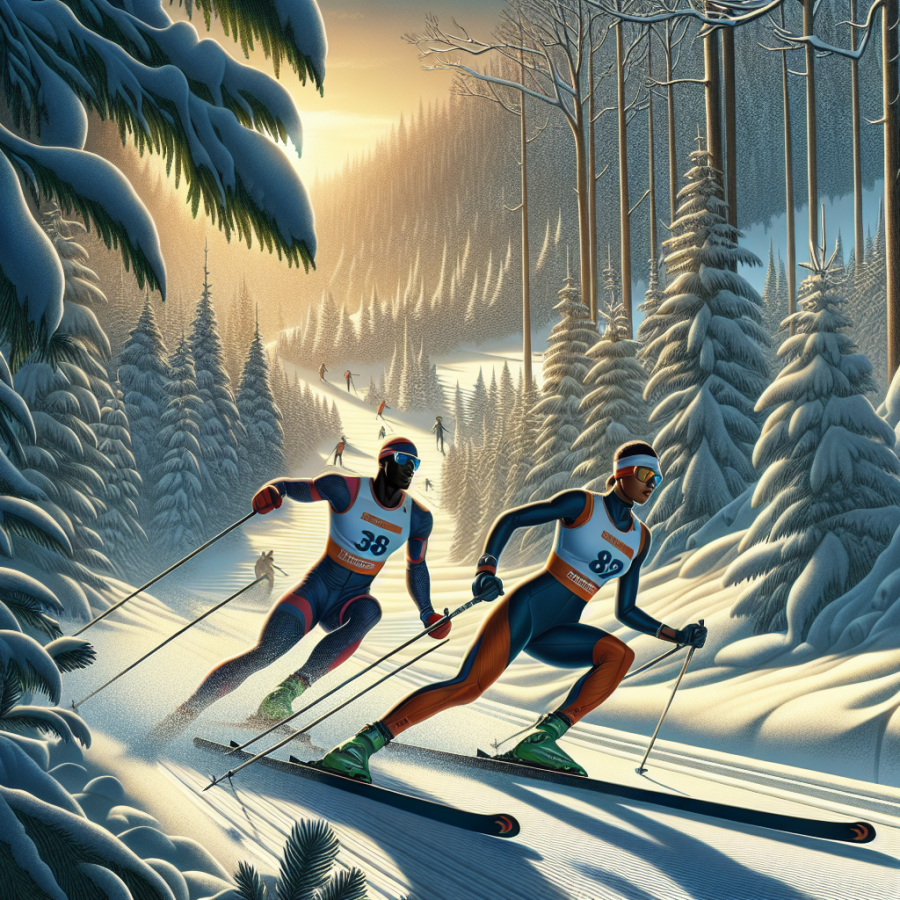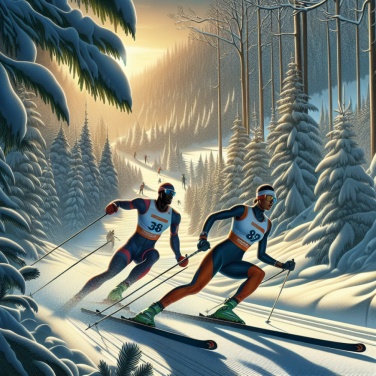Perfecting Your Technique: The Fundamentals of Nordic Skiing
Perfecting your technique in Nordic skiing is essential for both enjoyment and efficiency in this challenging winter sport. One of the primary techniques in Nordic skiing is the classic diagonal stride. To execute the diagonal stride effectively, you need to focus on several key components.
First, the proper body position is vital. Start by keeping your knees slightly bent and your body weight centered over your feet. As you glide, your hips should come forward, creating a forward-leaning position that allows for maximum thrust. It's important to avoid excessive upper body movement; your torso should remain stable, driving force through your lower body.
The kick phase is another crucial element. When you push off with the back ski, ensure that your kick is forceful yet concise. To do this, grip the snow with the waxed section of your ski, and drive down and back with your leg. Transfer your weight completely onto the gliding ski to maintain momentum.
Coordination between the arms and legs is also essential. Your poles should plant into the snow just as the opposite ski is set for the kick. This ensures that you are able to use your entire body to propel yourself forward. Pole placement should be slightly ahead of and in line with the foot, and pole action should be a backward push, engaging your triceps and back muscles.
Glide is where efficiency in Nordic skiing can be significantly improved. Once you have completed the kick, the gliding phase allows you to carry the momentum. The better your glide, the less energy you expend overall. Keep your gliding ski straight and make sure your weight is fully transferred to obtain the longest and most effective glide.
Balance plays a critical role in all of this. It is something that improves with practice, but you can aid it by keeping a low center of gravity and ensuring your head and shoulders are above your knees. Also, practice balance drills off the snow to improve your stability.
Finally, adapting to varying snow conditions is a skill in itself. On fresh, powdery snow, you might need a more forceful kick, while on icy or packed snow, a softer touch is necessary. Be mindful of the snow conditions and adjust your technique accordingly to maintain efficiency and control.
A combination of these fundamentals, along with consistent practice, will help you refine your Nordic skiing technique. Remember, the key to mastering the sport lies in your ability to maintain fluidity through all of these movements, ensuring each stride is as efficient and powerful as the last.
Read also:
Atya-patya: Unearthing India's Traditional Sport
Advanced Strategies for Tackling Challenging Terrain and Conditions
Advanced Strategies for Tackling Challenging Terrain and Conditions
When it comes to Nordic skiing, proficiency in managing difficult environs and weather conditions sets the experts apart from amateurs. Developing the skills to navigate challenging terrain and adverse weather necessitates a multi-faceted approach encompassing technique improvement, gear customization, and mental preparedness.
Technique Fine-Tuning:
Mastering the Double-Pole Technique: On steep uphills, a robust double-pole technique can provide the extra power you need. Drive both poles into the snow simultaneously while propelling yourself forward with a dynamic, full-body motion.
Improving Balance and Weight Distribution: Practice skiing on one ski to better understand how to distribute your weight. Efficient weight transfer is critical when turning or skiing on uneven ground, and exercises that enhance balance will help you maintain stability.
Developing a Strong Kick Double-Pole: For rolling terrain, the kick double-pole combines the power of the upper body with a well-timed leg kick. This technique can help maintain momentum without resorting to a full stride, making it ideal for mixed conditions.
Gear Customization:
Choosing the Right Wax: For difficult snow conditions, selecting the proper wax can vastly improve ski grip and glide. Familiarize yourself with different wax types, from hard waxes for cold, dry snow to klister for wet and icy conditions.
Custom-Fitting Ski Bindings: For improved control on rough trails, adjustable bindings that can be moved forward or backward on the ski are invaluable. Moving the binding forward can increase grip, while shifting it back can enhance glide.
Adapting Poles for Terrain: Adjustable-length poles can be beneficial when transitioning from flat to hilly terrain, allowing you to shorten poles for climbing and lengthen them for descents.
Mental Preparedness:
Visualization Techniques: Mentally rehearsing challenging sections of a trail before you ski them can improve confidence and technical execution. Visualization helps in anticipating tricky spots and developing a plan of action.
Stress Management: In tough conditions, it's easy to become tense, which can lead to inefficient skiing. Techniques such as deep breathing can help keep your body relaxed and your movements fluid.
Embracing Varied Conditions: Instead of avoiding tricky conditions, make a point of seeking them out during practice sessions. By training in a wide range of conditions, you develop adaptability and resilience, making you better equipped to handle whatever the trail throws at you.




